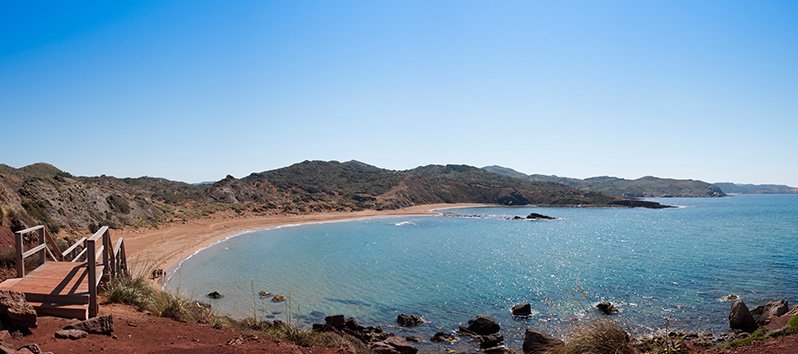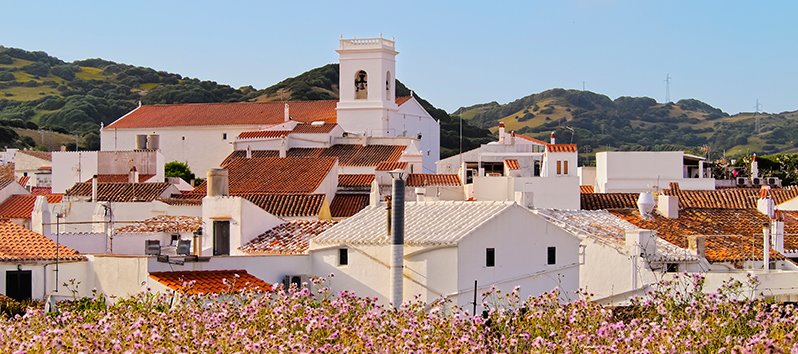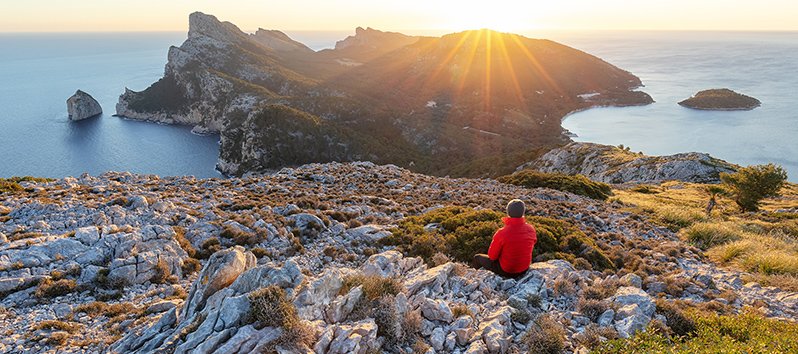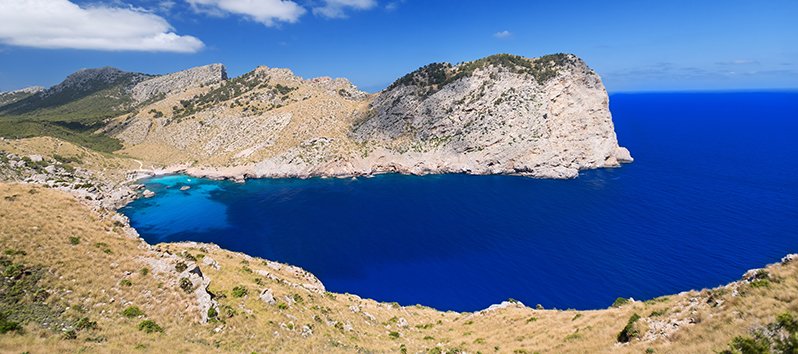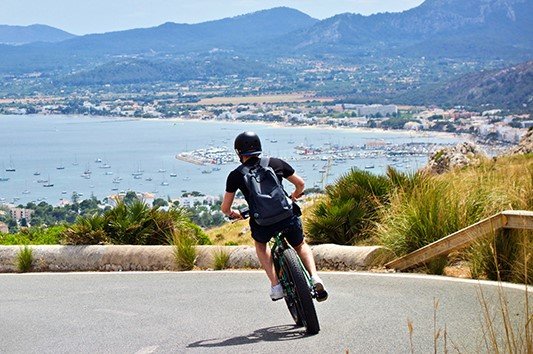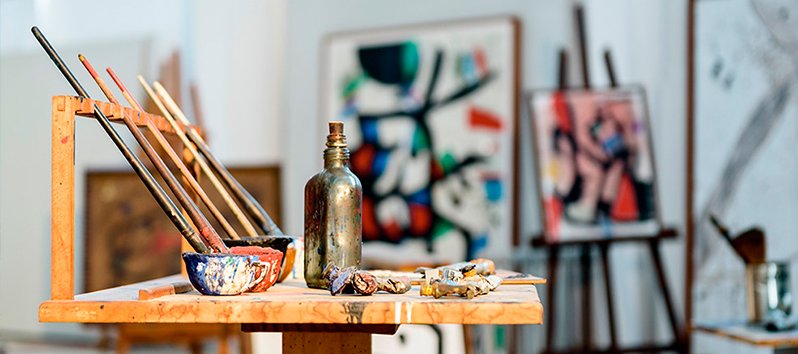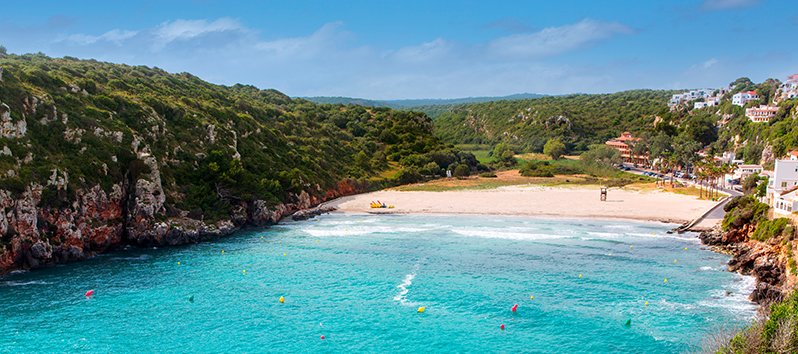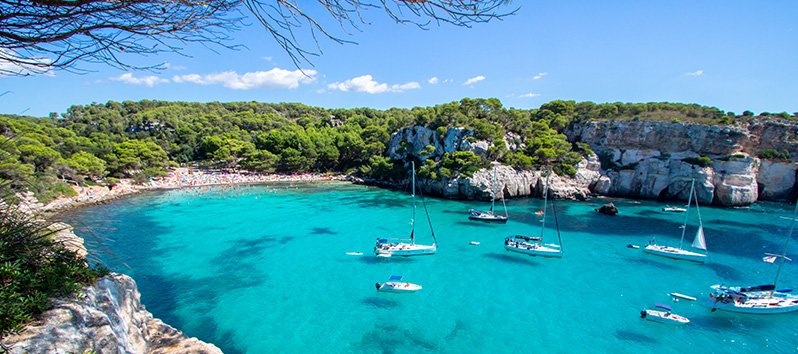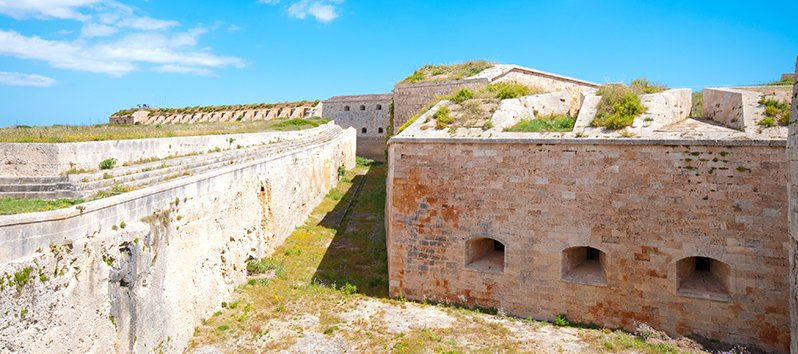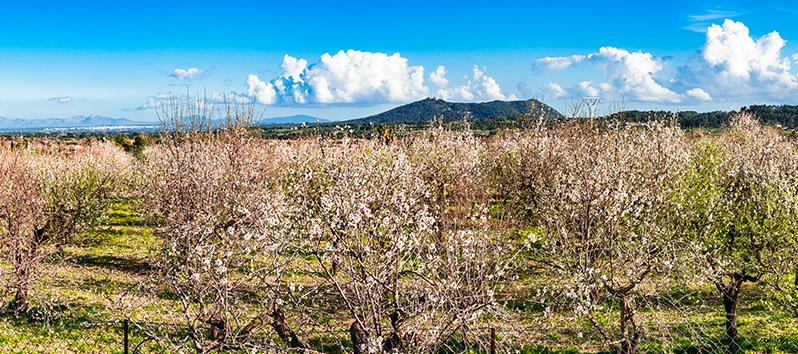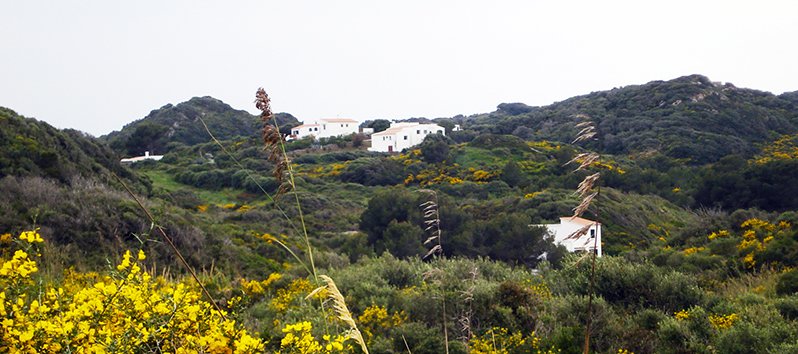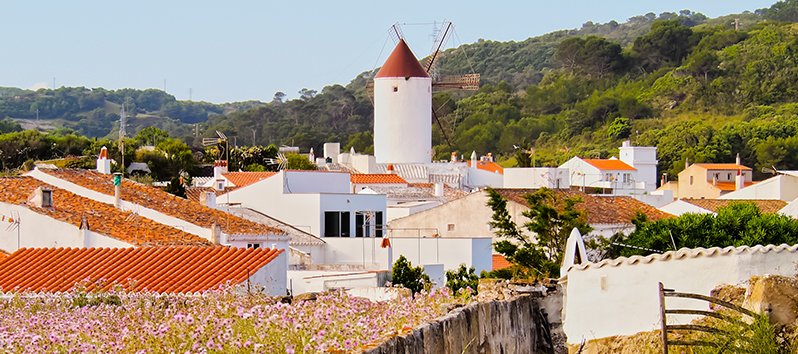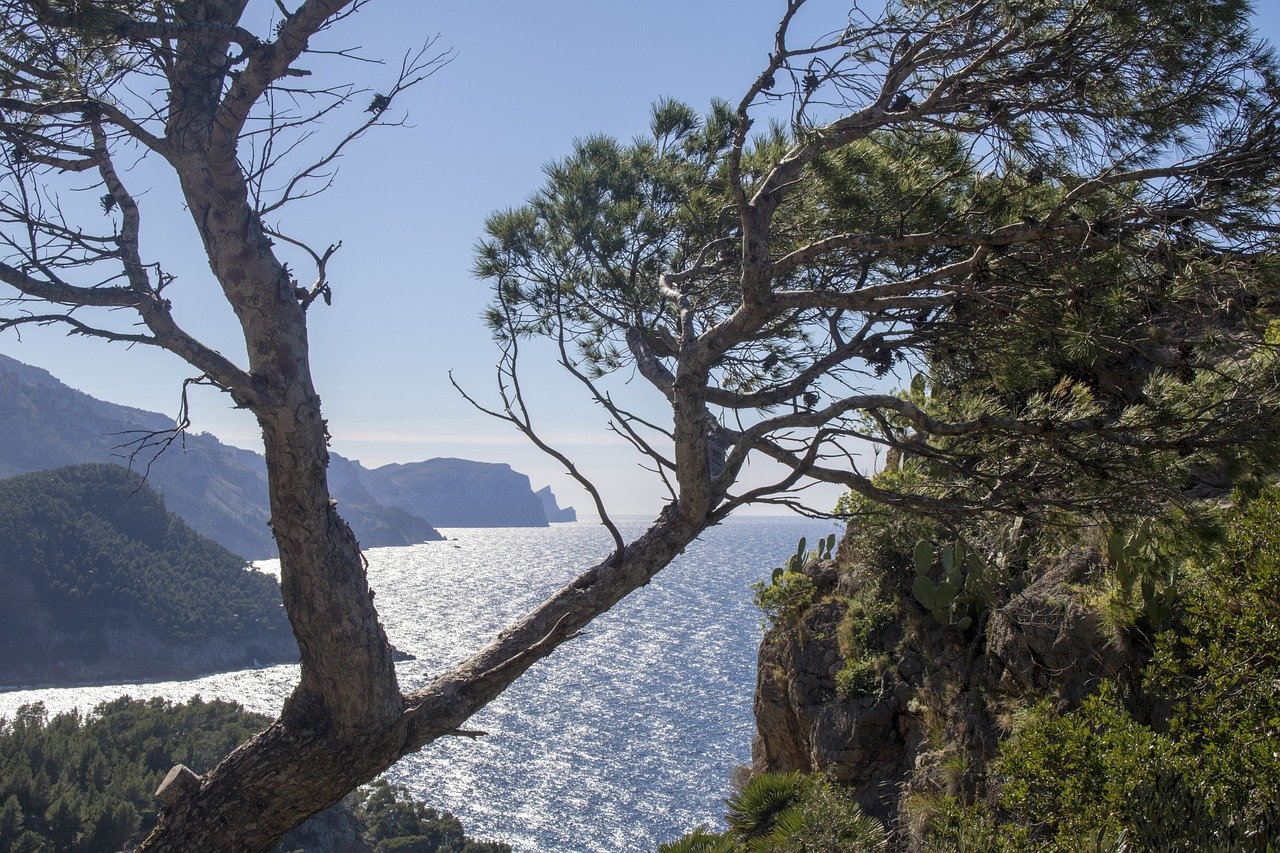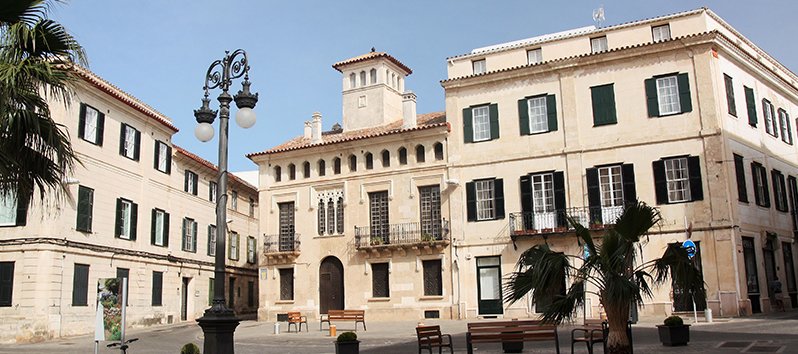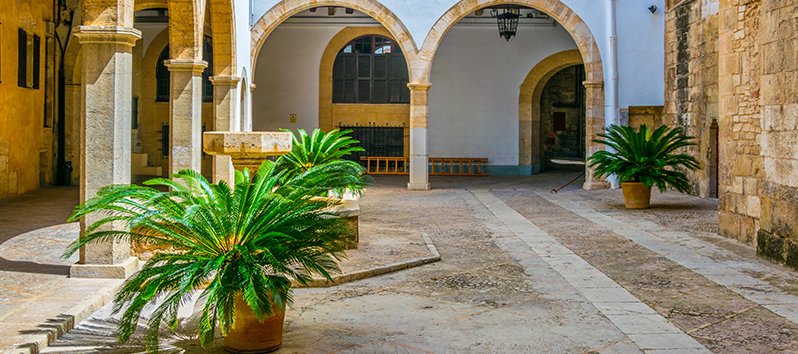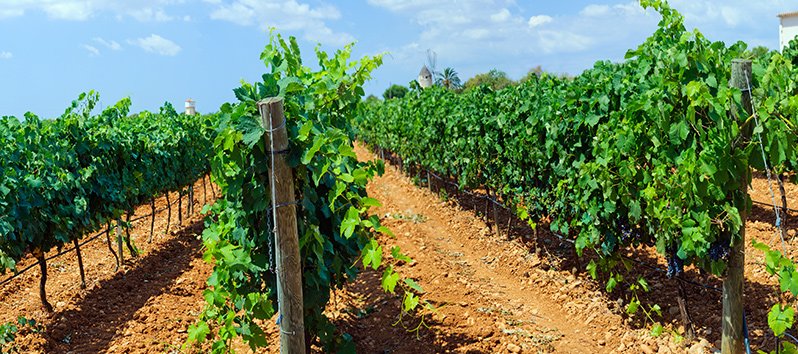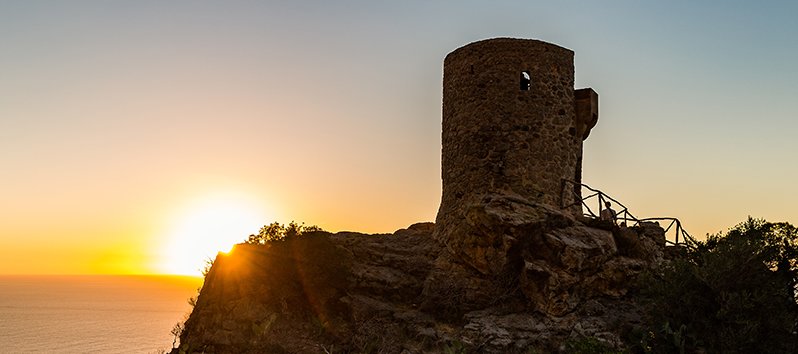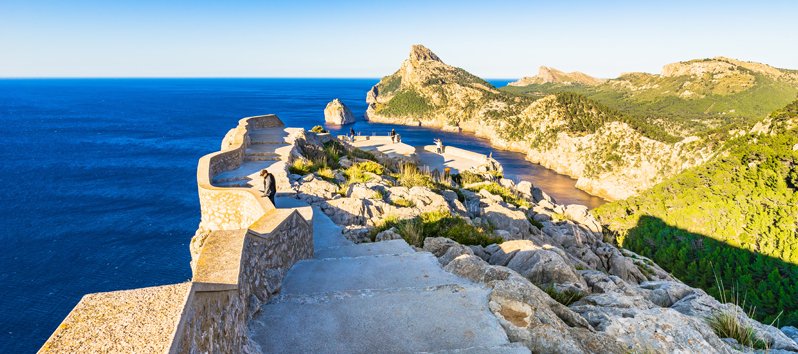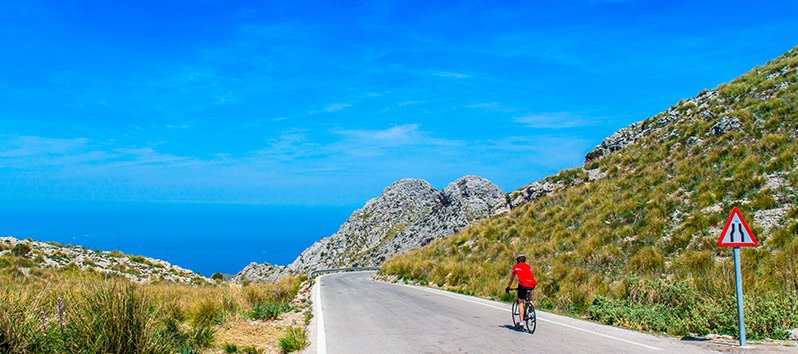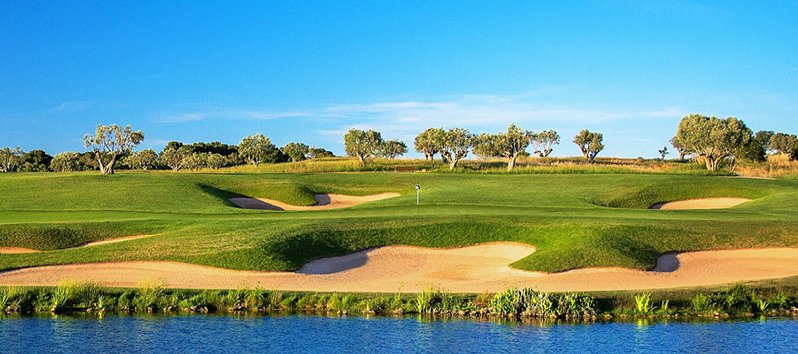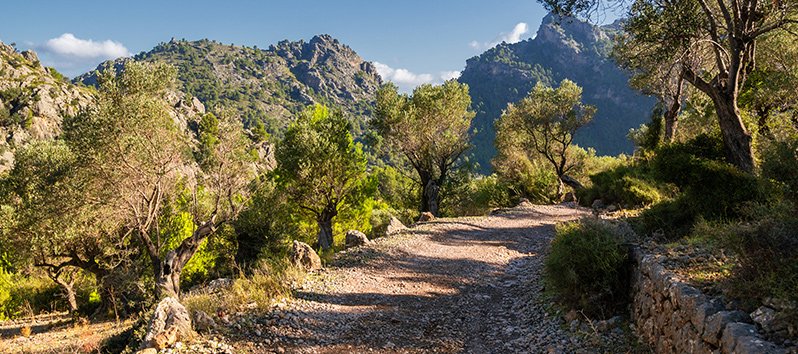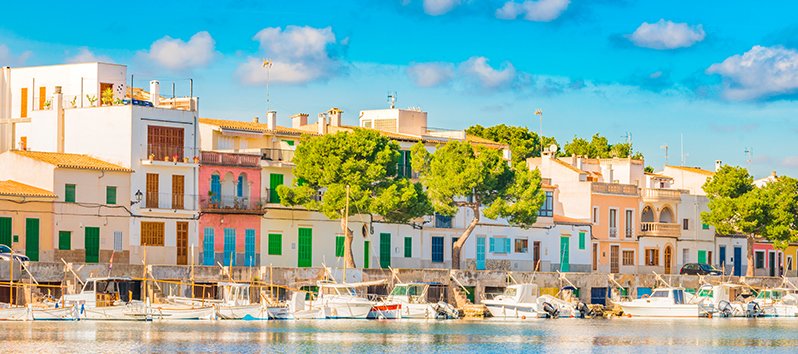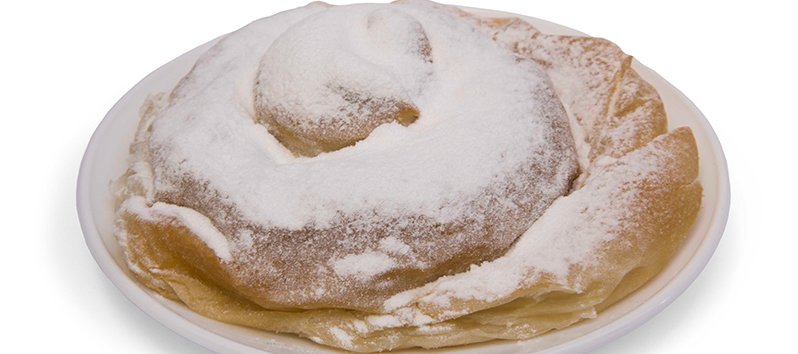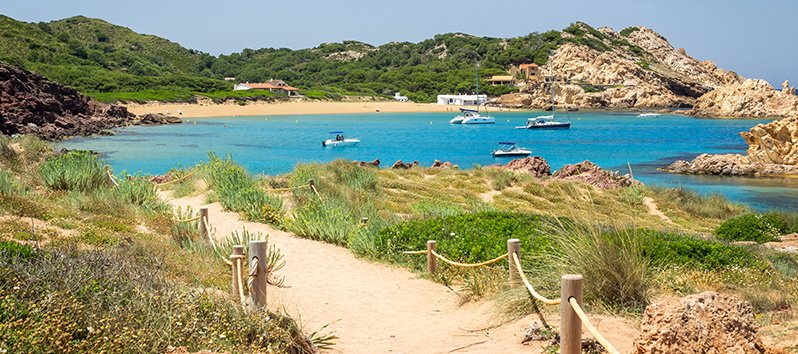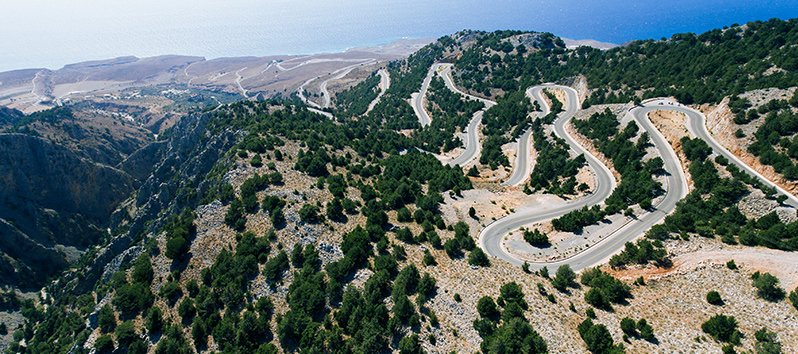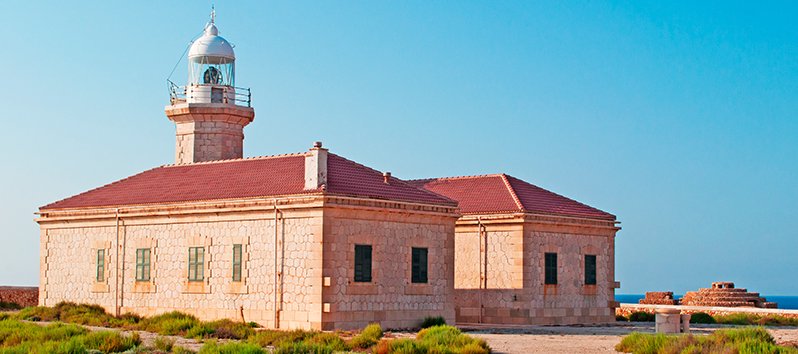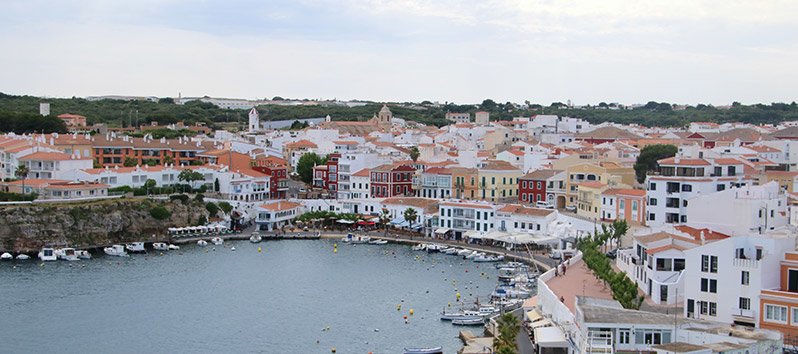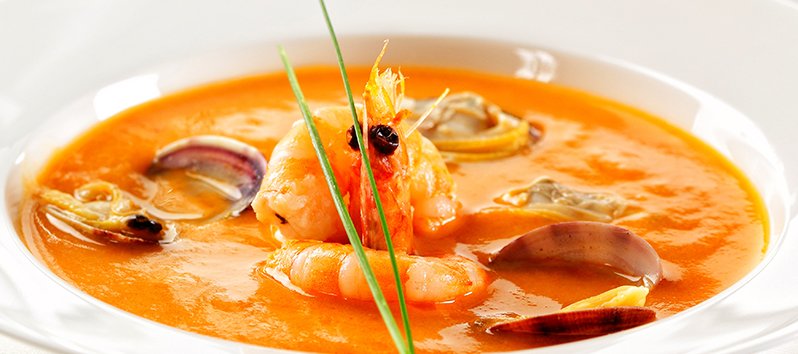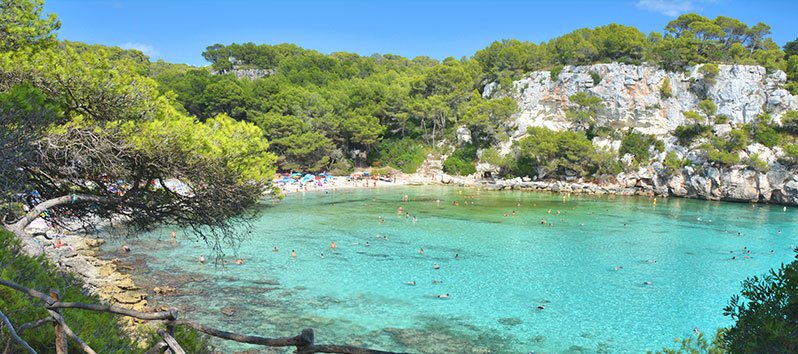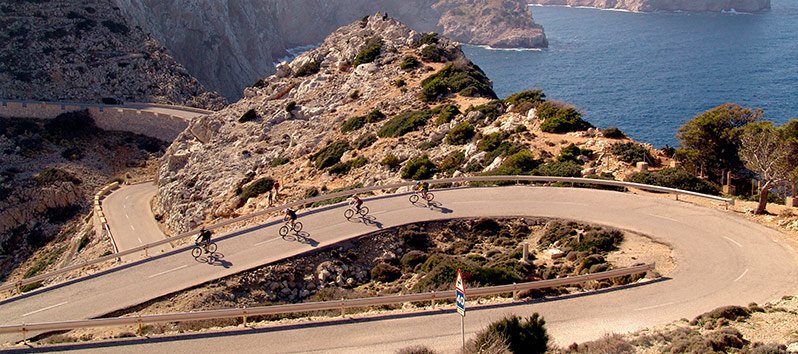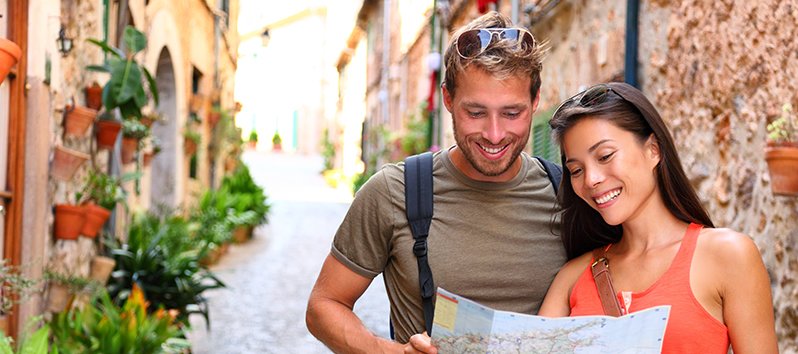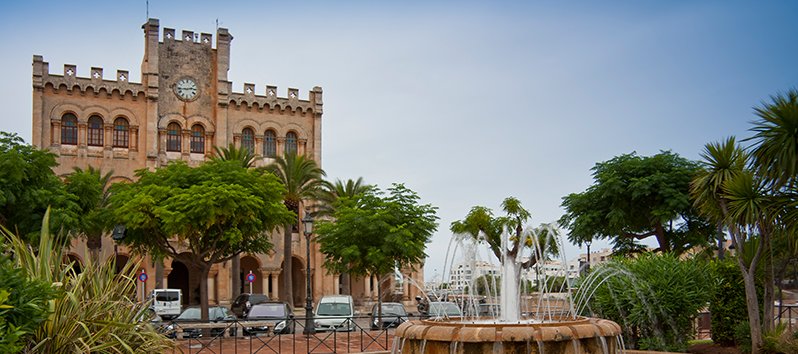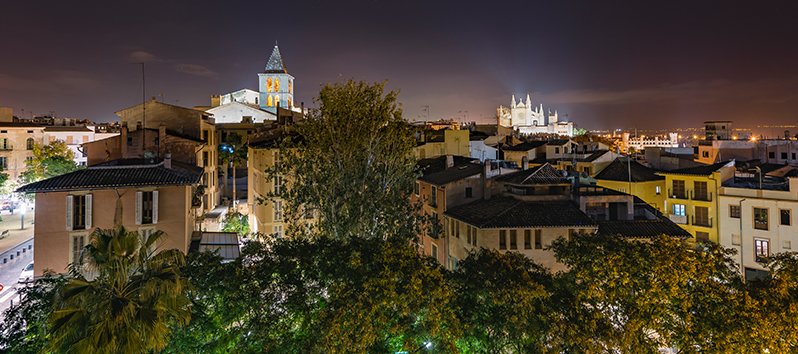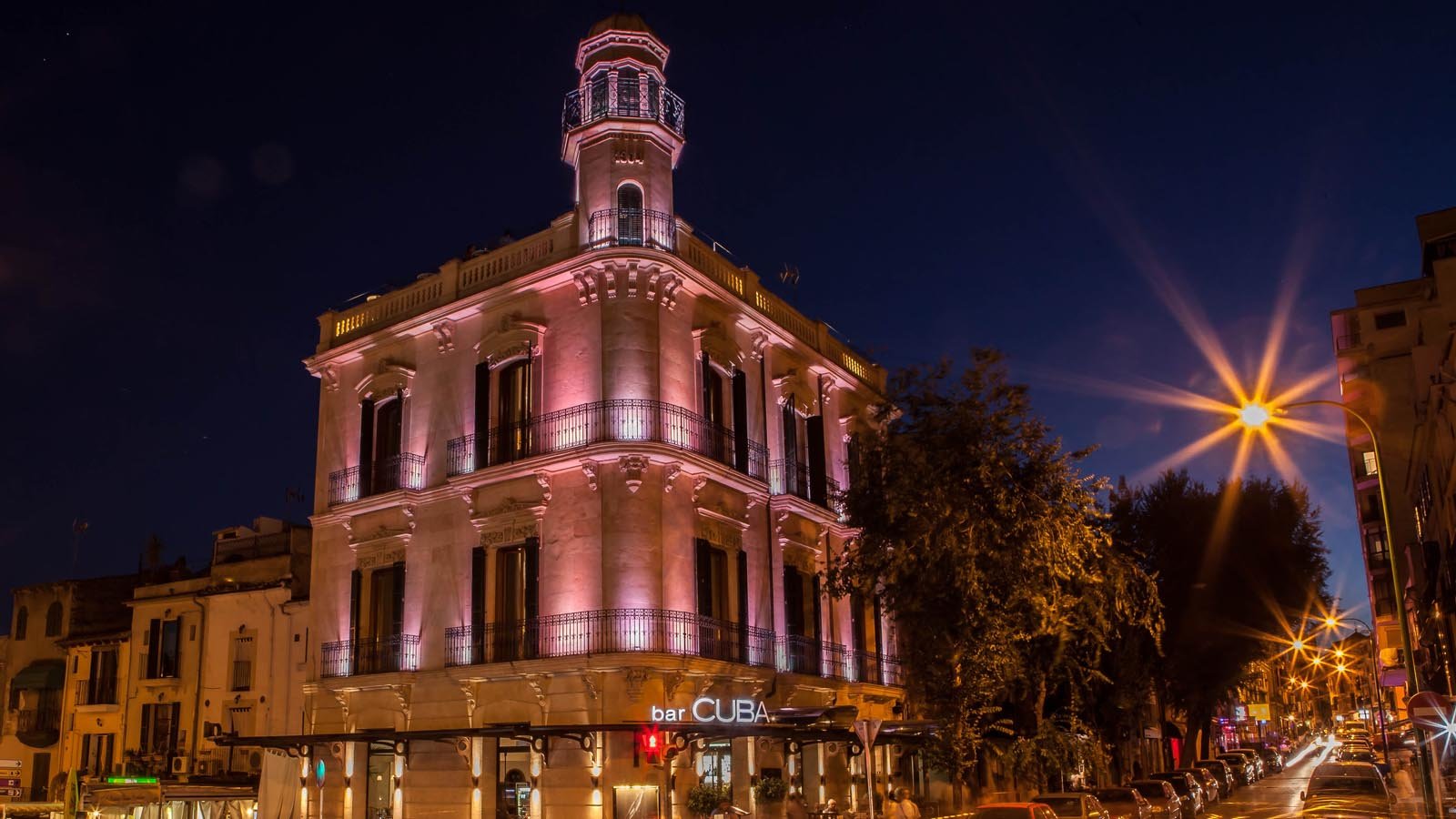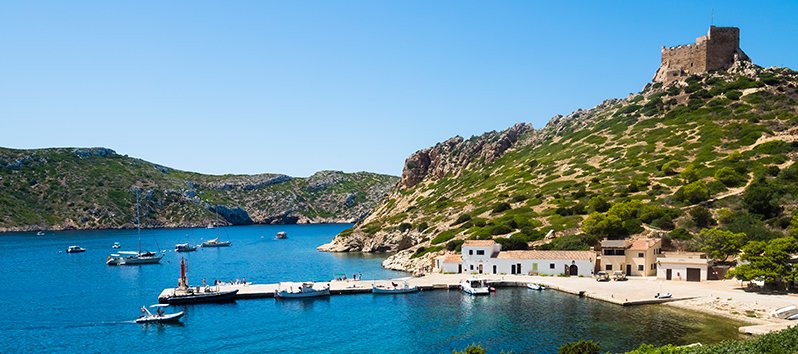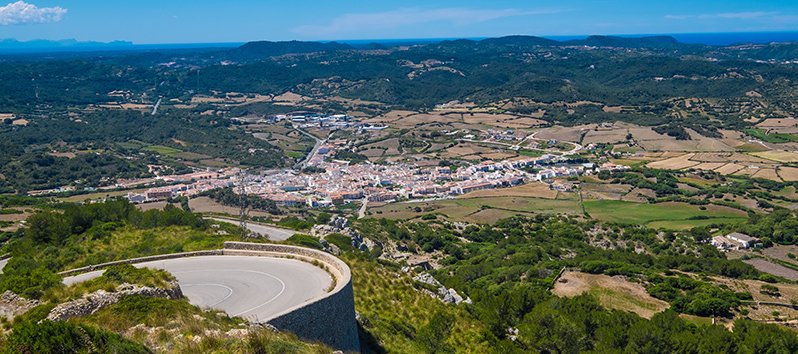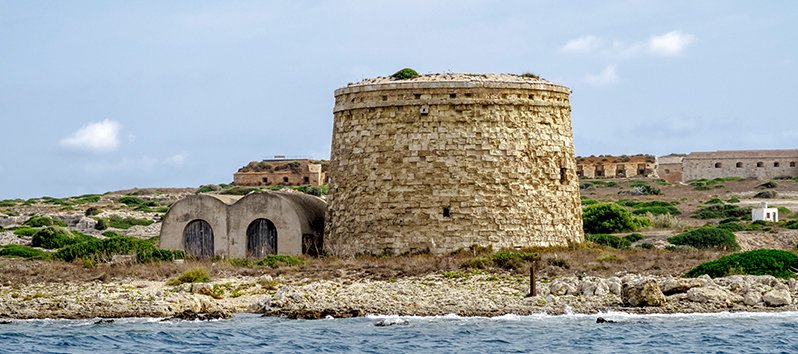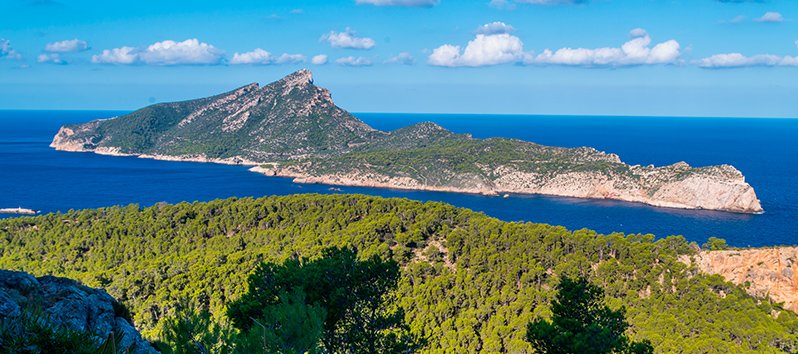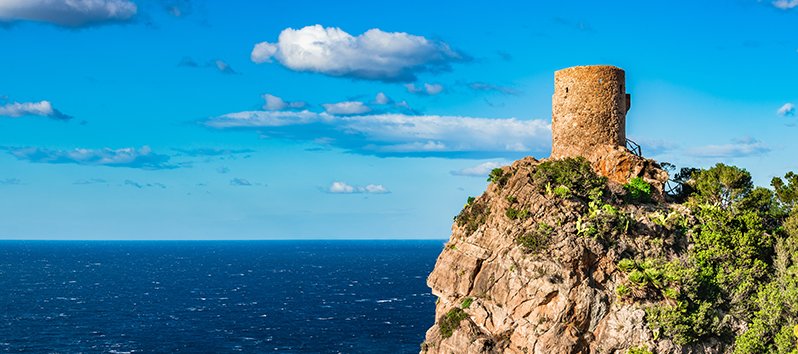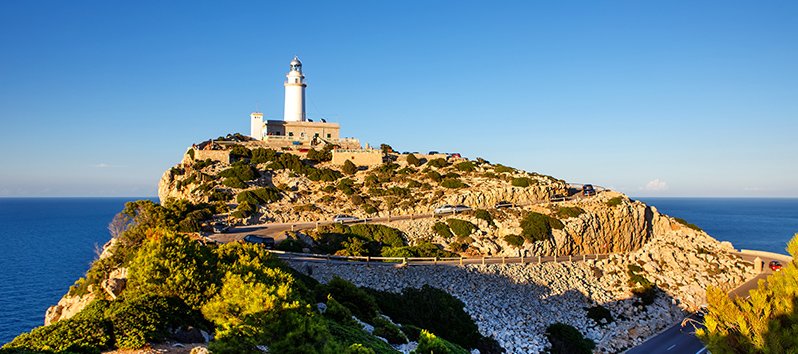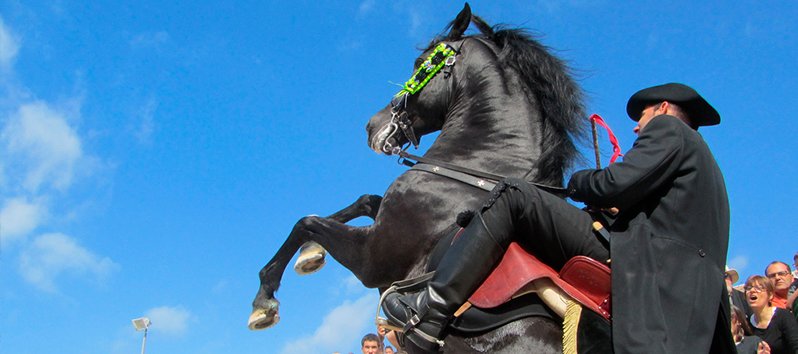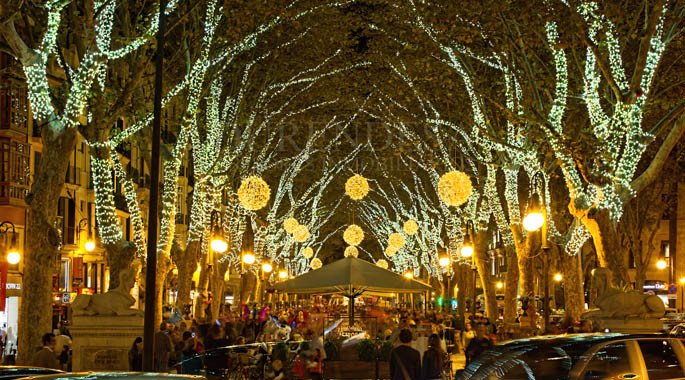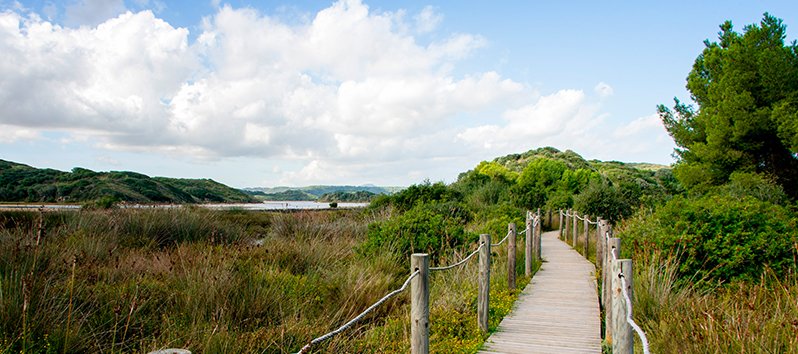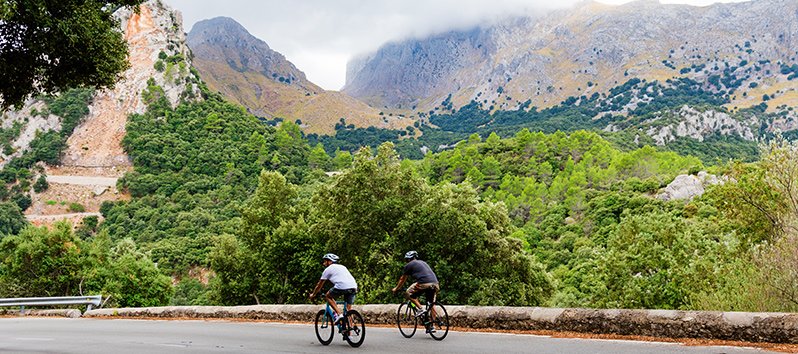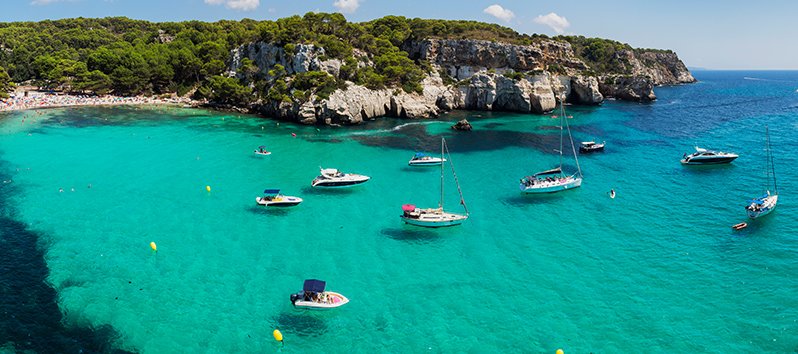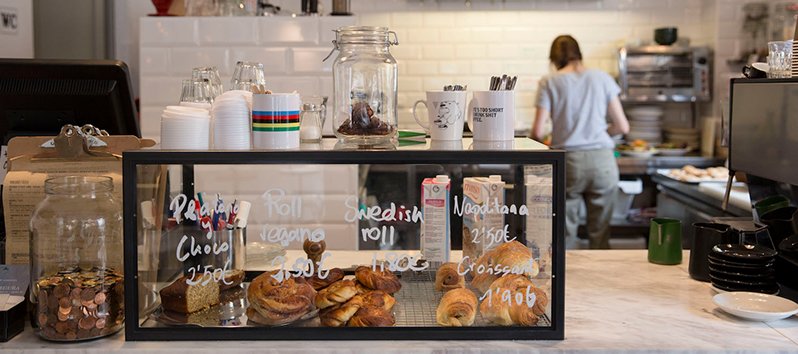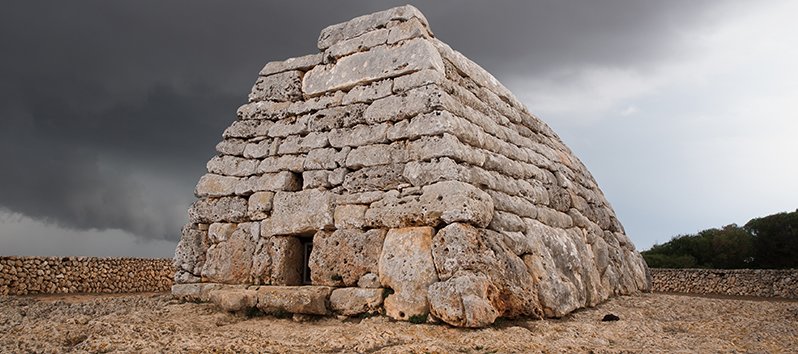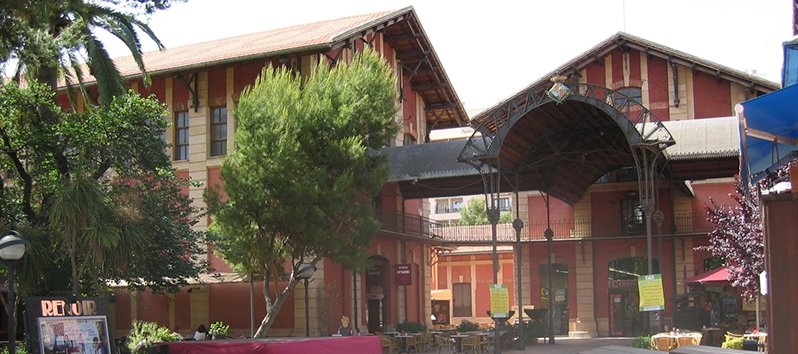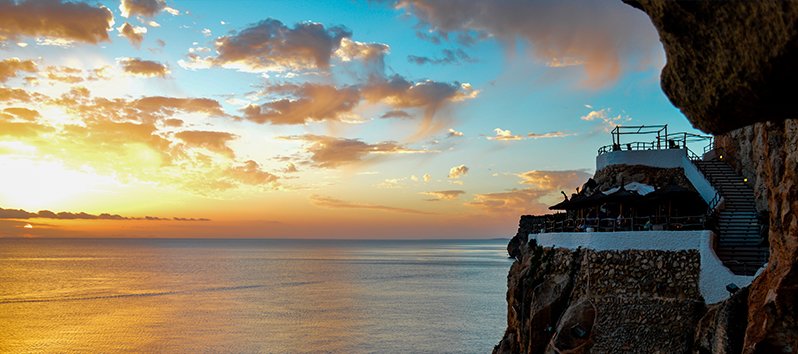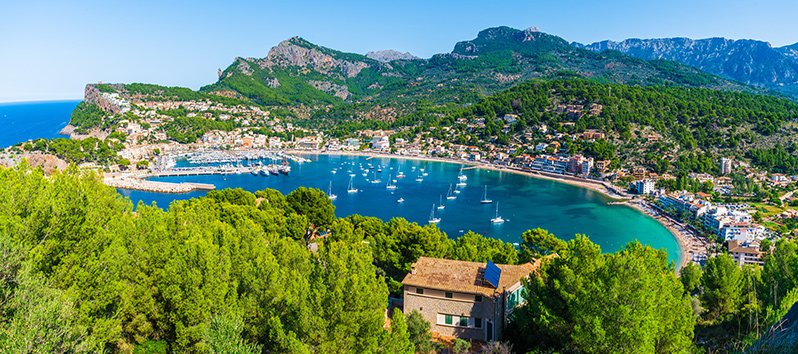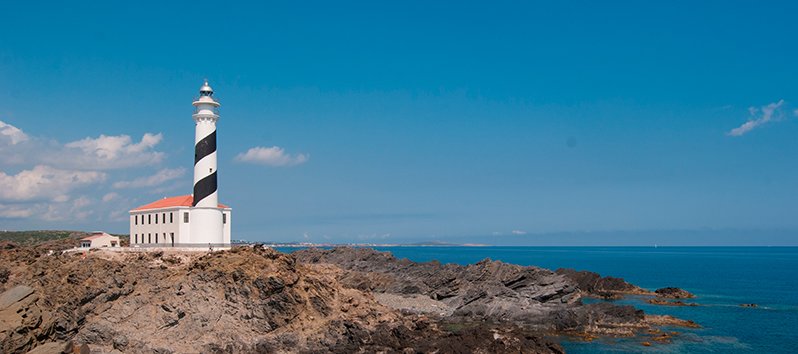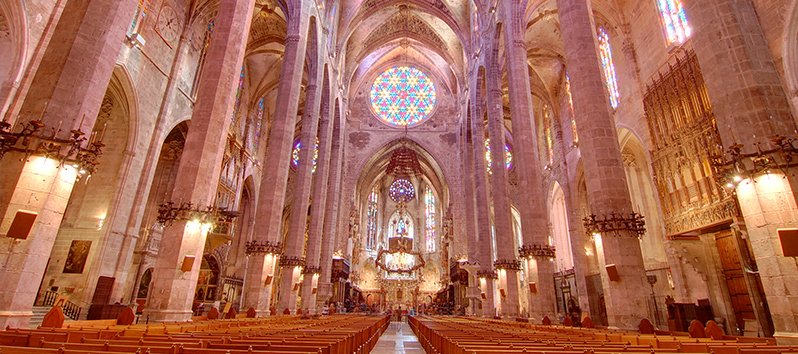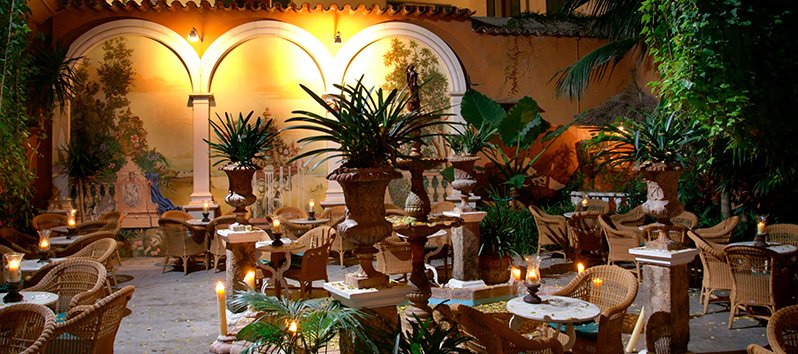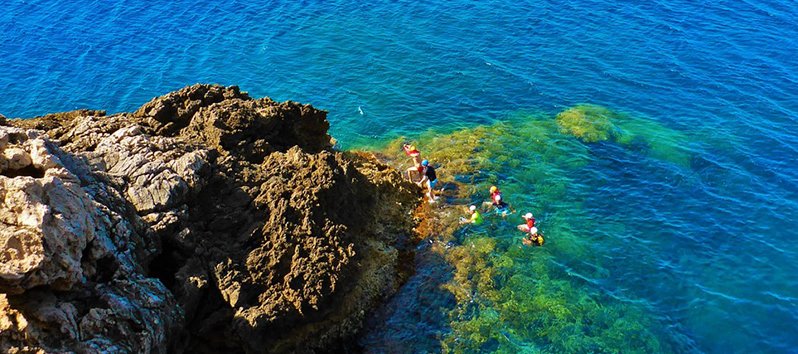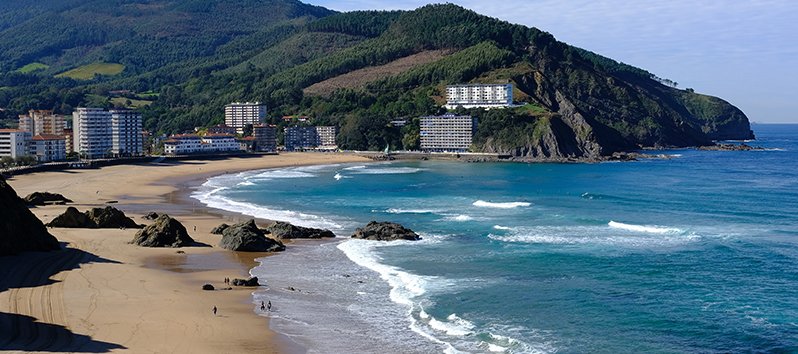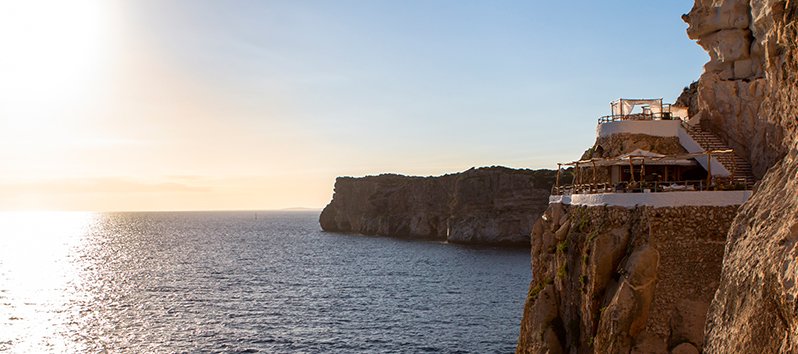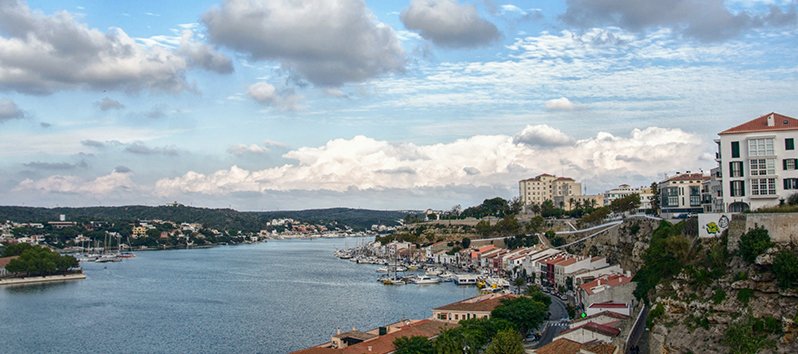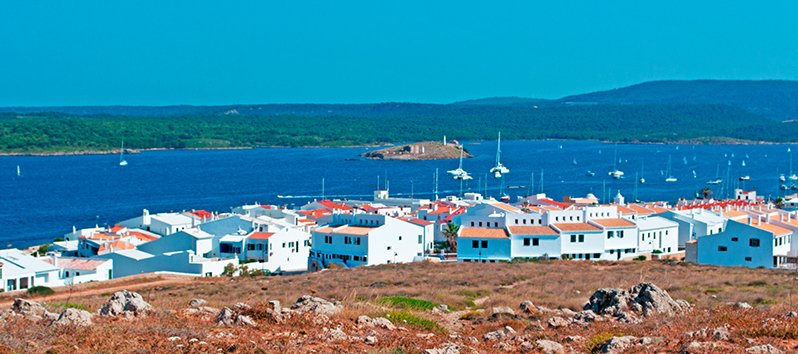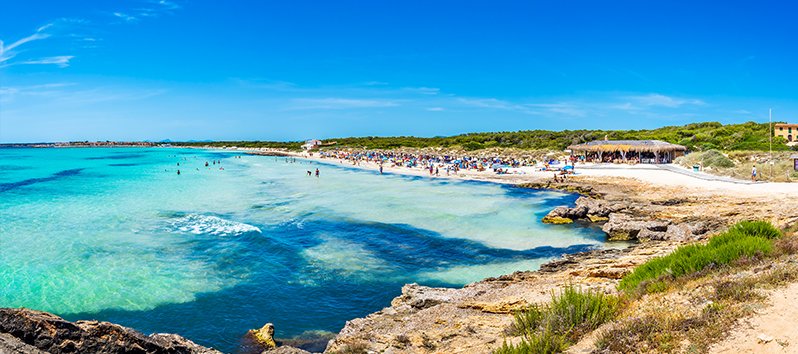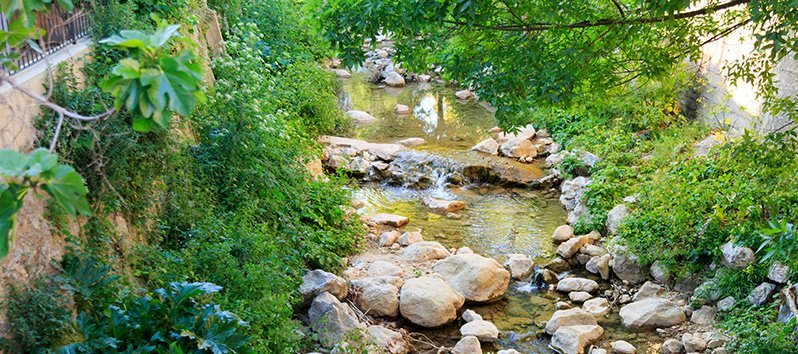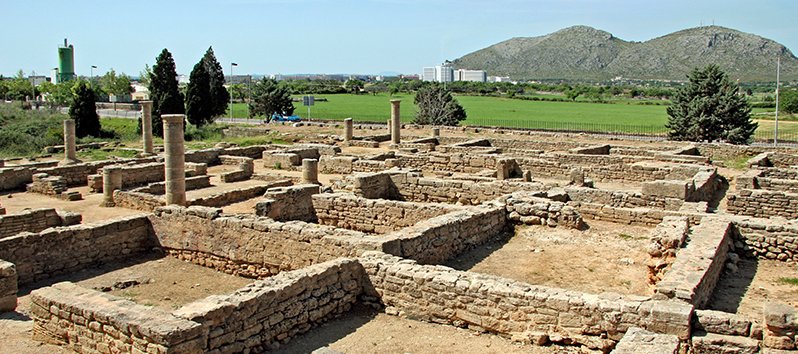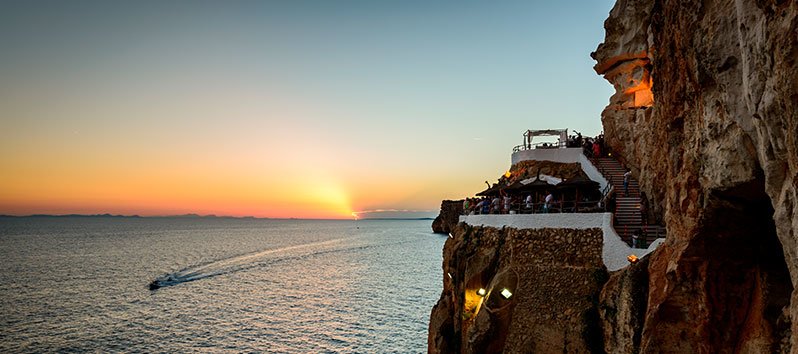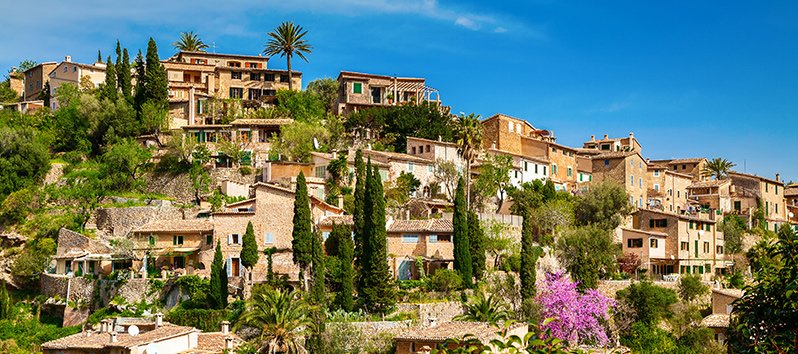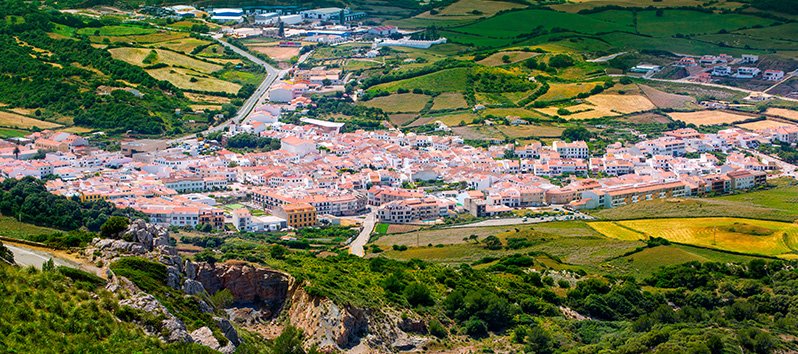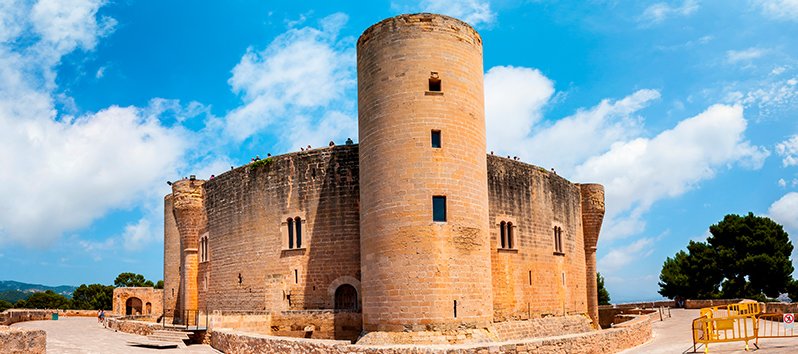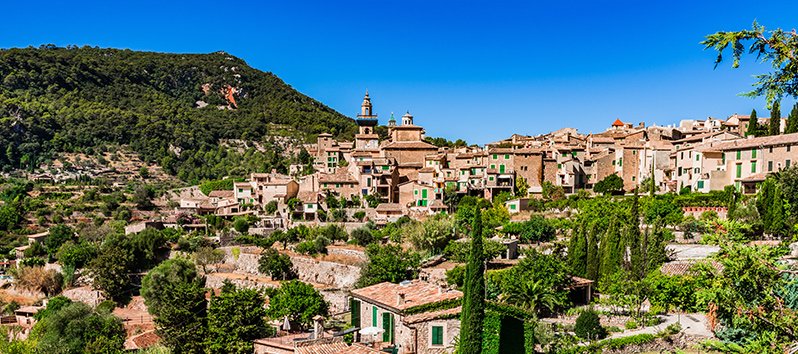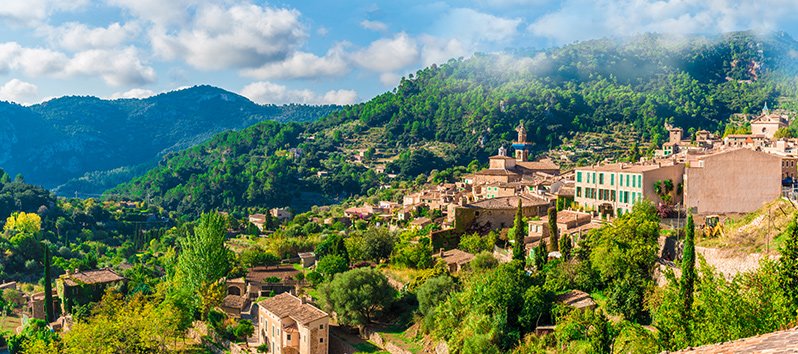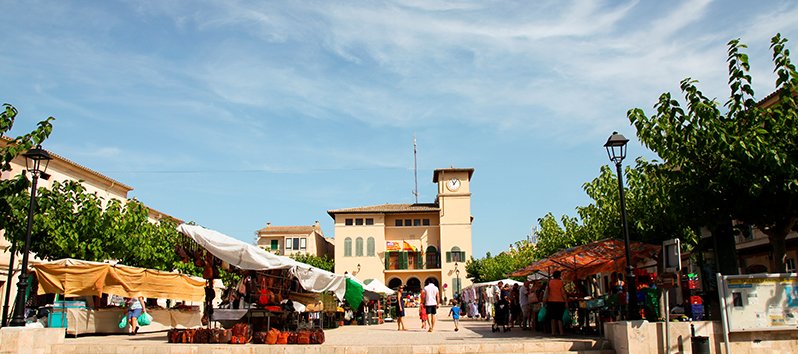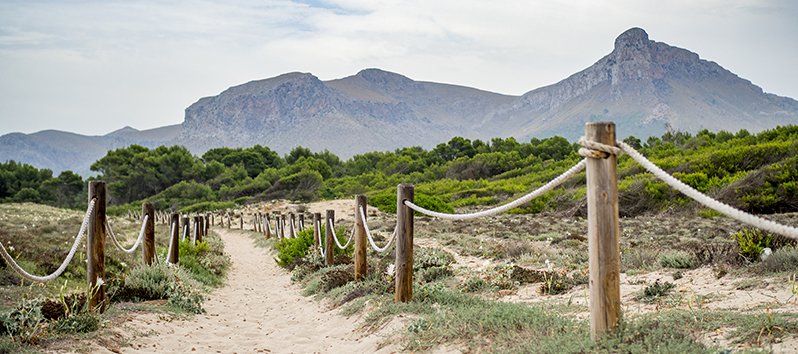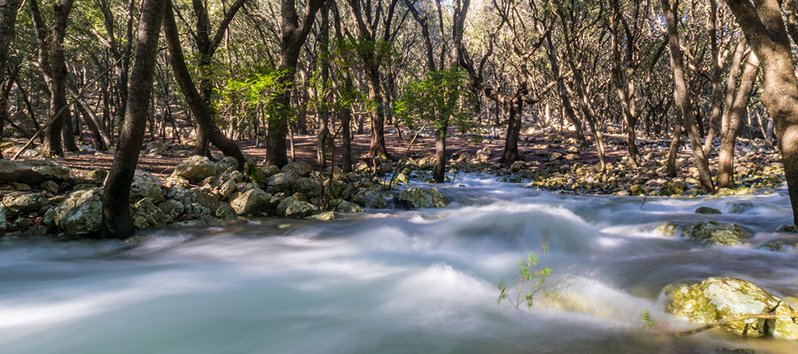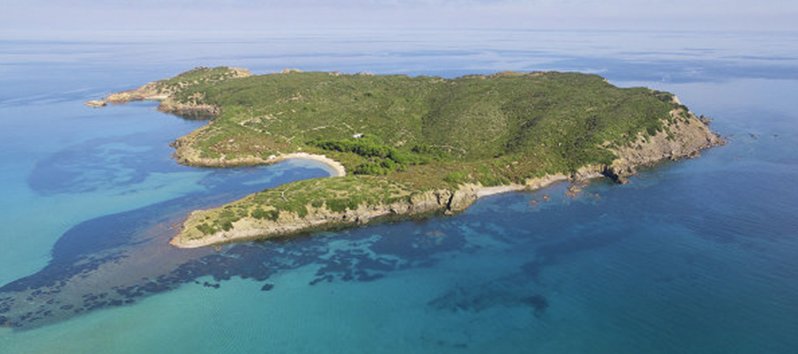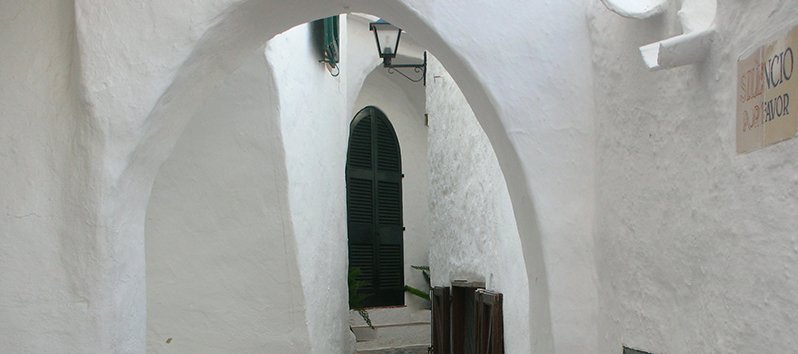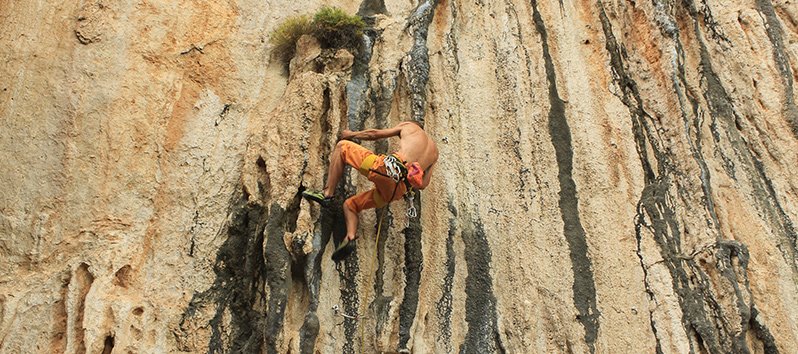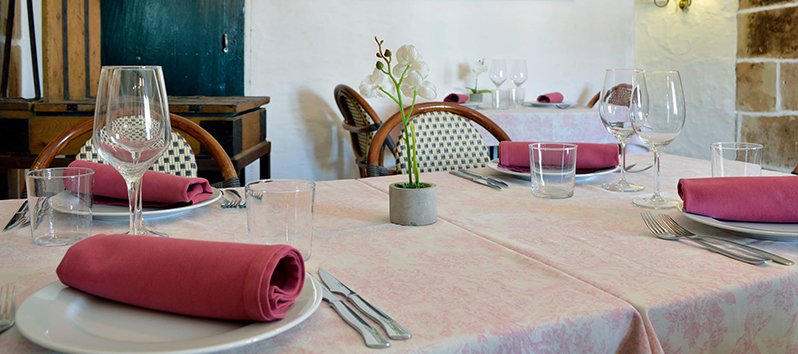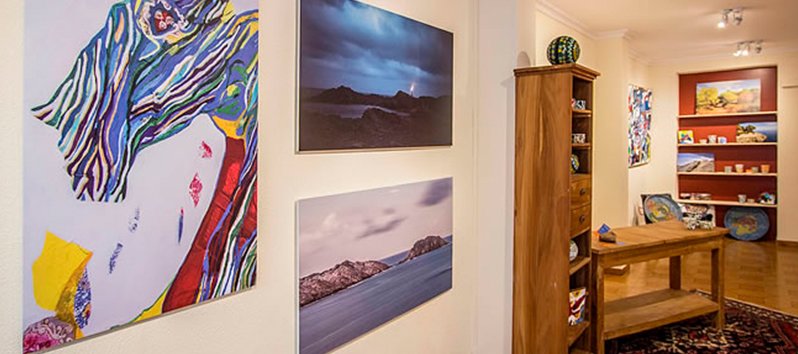Between the sea and the mountains, between the Mediterranean and the Tramuntana, you will find one of the most beautiful villages, not only of Mallorca, but of the entire Balearic Islands. Its name is Valldemossa, and its cobblestone streets full of colourful post and tiles, in honour of Santa Catalina, leave no one indifferent. Do you fancy a stroll through this idyllic Majorcan town?

If you are in Palma, it will only take a few minutes to get to Valldemossa by car, since it is only 20 kilometers away from the city. Any season is good to visit this town because each will give you a different experience: incredible sunsets during the summer months; ochre tones that dress it during the autumn; the summits of the Tramuntana covered with snow during some winters; or the colour explosion of the eagerly awaited spring.
Some historical notes
It was the tenth century when this beautiful municipality began to be named Wadi Muza, or valley of Mussa, who was lord of these fertile lands. During the Christian conquest in 1229 this name remained, resulting years later in the current name: Valldemossa. A couple of centuries later (1485) the first printing company of the whole island was opened here, 35 years after Gutemberg invented it in Mainz. Another relevant name in the history of the city is that of Santa Catalina Tomás, patron saint of Mallorca, whose native house is still preserved.
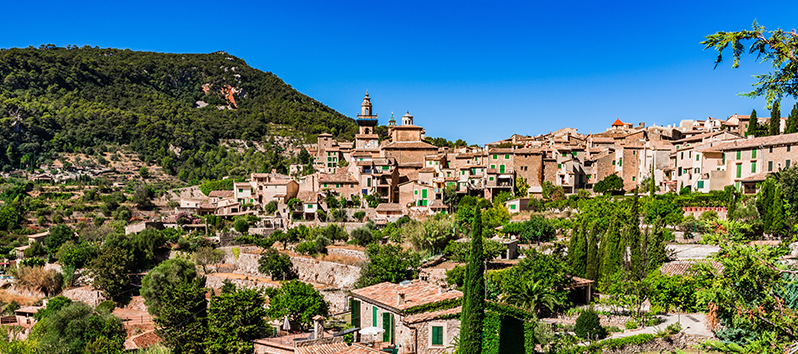
But this beautiful town, full of stone walls, essential destination for all those seeking the ideal picture for a photo contest on every trip, gained worldwide fame due to the visit of the famous composer Frederic Chopin and his lover George Sand during 1838, when they chose as their residence one of the “cells” of the Cartuja de Valldemossa. It was here that the Polish pianist composed his famous “Preludes” and the French poet wrote “A Winter in Mallorca”.
What to see
Precisely the Cartuja de Valldemossa is what we can call the architectural emblem of the place. It was Jaume II who ordered its construction in 1309, and it was his son Sancho I and his grandson Jaume III who resided in it. But its history as a Charterhouse began when Martin the Human, king of Aragon and protector of the Carthusians, gave these monks the palace, adapting it to the needs of a convent. With the confiscation of Mendizábal, the monastery was transferred into private ownership becoming first a residence and then a museum. It is essential to visit cell No. 4 where the authentic piano that Chopin received from Paris is exposed.
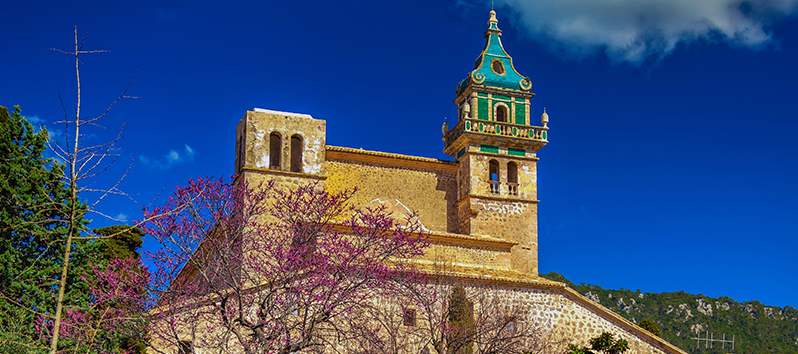
Crossing the Charterhouse Square we find the Palacio del Rey Sancho. It preserves elements of the old Charterhouse, such as the access staircase, a defensive tower and the cloister, and the music room Chopin’s piano concerts are held daily in his memory.
And you can’t miss the Parish of Sant Bartomeu, a temple of Gothic origin that has undergone different renovations a posteriori, definitely worth the visit, as well as the Chapel of the Holy Trinity and the Miramar Monastery (founded by Ramon Llull), both outside the town centre.
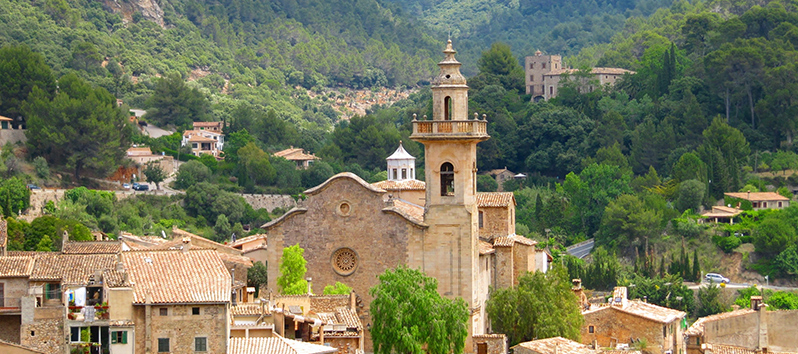
In the strictly cultural field, the Coll Bardolet Foundation stands out, which aims to preserve, exhibit and publicise the pictorial work of the artist Josep Coll Bardole, along with the promotion of Fine Arts.
What to do
The fertility of the lands that surround Valldemossa is seen at the market that fills its beautiful streets every Sunday. Fruits, sausages, cheeses, oil, sobrasada and almonds can be purchased at the market stalls. And after acquiring some of the local delicacies, do not forget to try a coca de patata, a spongy and delicious sweet that has been prepared since 1920 with great care in Ca’n Molinas. We recommend you accompany it with a spectacular almond horchata.
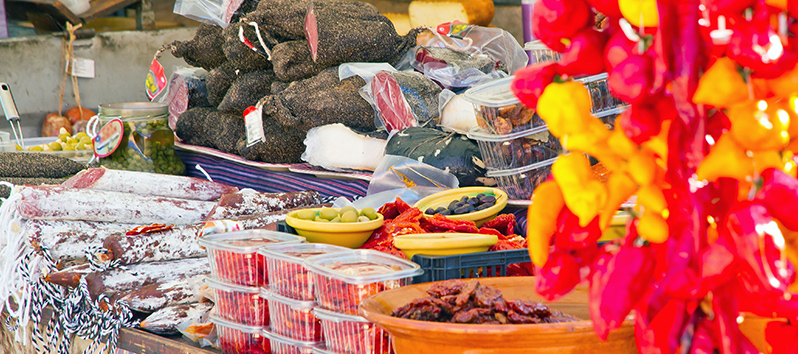
There are also several excursions that can be made starting from Valldemossa. Perhaps the best known is the one that, between olive and holm oak trees, ends in the Molinet de la Beata, a sacred sanctuary for the people of Valldemossa and a privileged enclave from which one can admire the whole geography of the valley. Another interesting excursion is the one that reaches the Teix mountain (the highest in the area), a place chosen by the Archduke Luis Salvador for the construction of a lookout with beautiful views of the sea. Two other lookout points that will leave you speechless are the Puig de Sa Moneda and Miranda des LLadoners.
And, of course, the sea
The Mediterranean, so present in the Mallorcan life, is also a main focus in our visit to Valldemossa. We start by referring to its port, Sa Marina, which in times of Roman occupation was already inhabited, but saw times of depopulation between the sixteenth and eighteenth centuries because of pirates. With crystalline waters but short length, it is a holiday spot with few houses and a lot of charm.
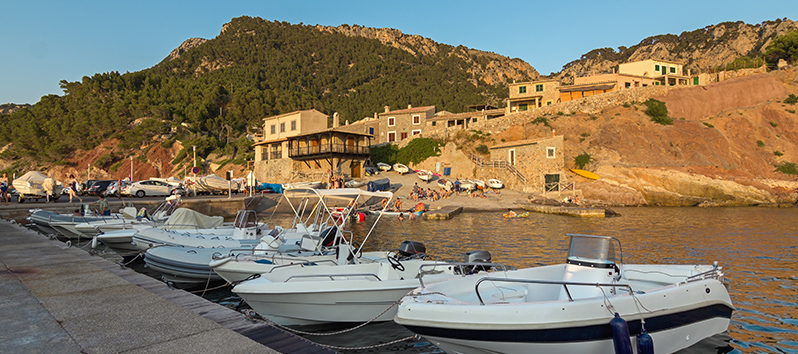
S’Estaca is a tiny village by the sea with just twenty buildings made of stone and tile, where fishermen formerly resident and that were repurposed, today being much demanded summer homes. This is an ideal place to enjoy some beautiful sunsets. A little further away, the waters of Cala Banyalbufar, Port D’Es Canonge and Sa Bunyola are also worth a visit.
A source of inspiration due to its amazing beauty for musicians, poets and painters, Valldemossa has also been the temporary residence for Rubén Darío, Borges, Jovellanos and Santiago Rusiñol, among other artists. So, do you feel like imitating them and seeking for your own inspiration in this beautiful scenery?

